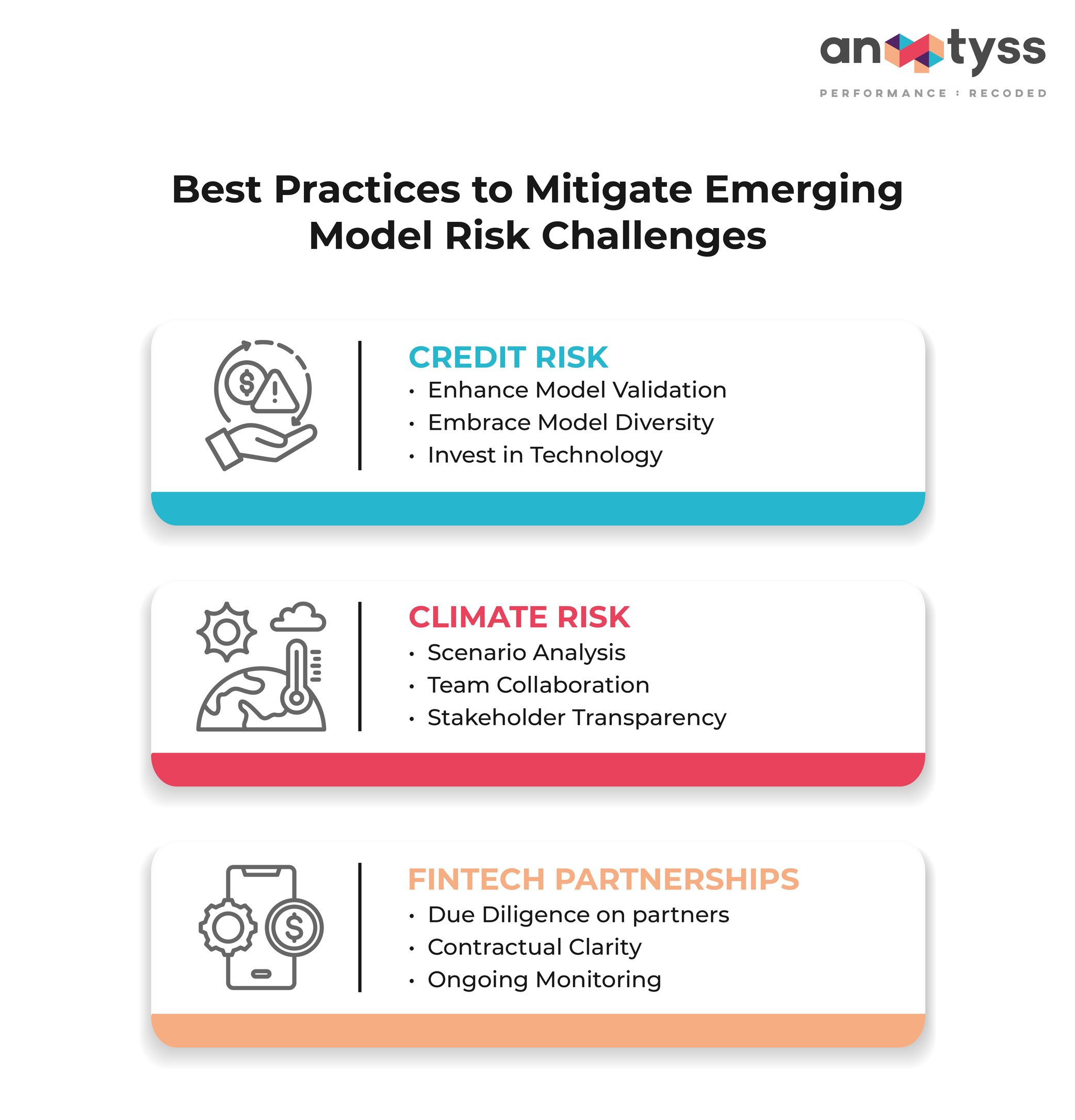In this blog, we discuss the importance of model risk management (MRM), emerging challenges to MRM, and some best practices to help the banking industry address the challenges in model risk management.
Model risks are an emerging concern for financial institutions, as misused or flawed financial models can have serious adverse consequences.
The scope of model risk management is evolving rapidly due to technological advancements led by artificial intelligence and emerging challenges due to credit risks, climate risks, and fintech partnerships.
The Growing Importance of Model Risk Management
Models are fundamental to modern finance. They enable banks and financial institutions to make informed decisions across various domains, including credit scoring, market risk assessment, capital allocation, and regulatory compliance.
However, as models become more sophisticated and intertwined with emerging technologies, such as artificial intelligence (AI) and machine learning (ML), the potential for model risk amplifies. This necessitates a robust model risk management (MRM) framework to identify, assess, and mitigate potential risks.
Besides, the consequences of negligence or inadequate MRM can be severe, ranging from financial losses and inaccurate financial statements to regulatory sanctions and reputational damage.
For instance, a flawed credit risk model could lead to excessive loan defaults, jeopardizing an institution’s financial health. Additionally, due to poor model performance, institutions may fail to gain regulatory approval for capital plans or damage their reputation.
One of the real-world examples is Zillow. In 2020, Zillow experienced significant losses exceeding $420 million due to its automated valuation model’s inability to accurately predict home prices in a volatile market.
Therefore, it is important to understand why models can be wrong or experience performance degradation. For a deep dive into emerging trends and priorities, refer to our blog, Top 5 MRM Priorities for Banks in 2025.
Highlighted below are the key model risk challenges and strategic priorities that bank executives must address to navigate the evolving financial landscape effectively.
1. Credit Risk – Traditional and Emerging Challenges
Credit risk models are used to evaluate borrowers’ creditworthiness and have always been central to banking. However, traditional models are facing new challenges:
- Economic Volatility
Uncertainties or economic volatility arising from inflation, geopolitical tensions, and potential recessions require models to be more adaptive and resilient to dynamic economic conditions.
- Alternative Data
Using non-traditional data sources, such as social media and online behavior, introduces new complexities in data quality, bias, and privacy.
- AI and ML
While AI and ML offer enhanced predictive capabilities, they also raise concerns about transparency, interpretability, and the potential for unintended bias.
Furthermore, the increasing complexity of the financial world necessitates continuous assessment of model assumptions to ensure their validity and relevance.
It is crucial to recognize that credit risk models should not only focus on the probability of default but also consider the broader economic conditions and firm-specific factors to generate a credit spread, enabling a more holistic approach to credit risk assessment.
To address these challenges, banks should–
- Enhance Model Validation
Rigorous validation processes are crucial to ensure models are accurate, reliable, and perform well under various economic scenarios.
- Embrace Model Diversity
Employing multiple models with different methodologies can reduce reliance on a single model and provide a more comprehensive risk assessment.
- Invest in Technology
Leverage advanced analytics platforms and tools to monitor model performance, detect drift, and manage model risk effectively.
To explore more about managing credit risk effectively, check out our blog on Top Trends in Credit Risk Management
2. Climate Risk – A New Horizon in Model Risk
Climate change poses significant financial risks to banks, including physical risks from extreme weather events and transition risks associated with the shift to a low-carbon economy. Assessing and managing these risks require specialized climate risk models.
Key challenges in climate risk modeling include–
- Data Scarcity
Historical climate data may not adequately capture future climate scenarios, requiring reliance on climate projections with inherent uncertainties.
- Complex Interactions
Climate change impacts are interconnected and multifaceted, making it challenging to model their cascading effects on various sectors and portfolios.
- Evolving Regulatory Landscape
Regulatory expectations for climate risk disclosures and stress testing are still developing, requiring banks to adapt quickly.
It is important to understand that climate risk models blend Global Climate Model output and Catastrophe (CAT) models, which include a financial engine. These models can be used to understand potential losses for assets in various peril scenarios, providing a highly detailed, asset-level view of damages and business interruption implications.
Best practices for addressing climate model risk include–
- Scenario Analysis
Utilize a range of climate scenarios to assess potential impacts under different warming trajectories and policy responses.
- Collaboration
Foster collaboration between risk management teams, climate scientists, and data experts to develop robust and credible models.
- Transparency
Clearly communicate the limitations and uncertainties associated with climate models to stakeholders.
3. Fintech Partnerships – Navigating Third-Party Model Risks
Fintech partnerships offer banks opportunities to innovate, enhance customer experiences, and improve efficiency. However, relying on third-party models and technologies introduces new dimensions of model risk.
A structured approach to fintech risk assessment involves three key processes:
- Identifying fintech risk
- Performing qualitative risk analysis
- Performing quantitative risk analysis
Banks also face specific risks related to access to records and reliance on fintechs for regulatory compliance, especially in AML, which need careful consideration in these partnerships.
Best Practice for Model Risk Management

Key considerations for managing model risk in fintech partnerships include–
- Due Diligence
Conduct thorough due diligence on fintech partners to assess their model development and validation processes, data security measures, and compliance with relevant regulations.
- Contractual Agreements
Establish clear contractual agreements that define roles, responsibilities, and performance expectations related to model risk management.
- Ongoing Monitoring
Continuously monitor the performance of third-party models and assess their impact on the bank’s overall risk profile.
You may also Check out our blog on Three Lines of Defense in Model Risk Management to learn about structured approaches for addressing these challenges.
Conclusion
The evolving landscape of model risk requires a proactive, holistic approach to Model Risk Management (MRM). As AI, ML, and regulations rapidly evolve, banks must not only meet compliance standards but also anticipate and manage emerging risks to ensure models remain reliable and aligned with business goals.
Anaptyss partners with financial institutions to navigate these complexities, offering innovative solutions and expertise to build resilient, future-ready MRM frameworks that drive compliance, operational excellence, and confidence in model performance.
To learn more, contact us at info@anaptyss.com.



